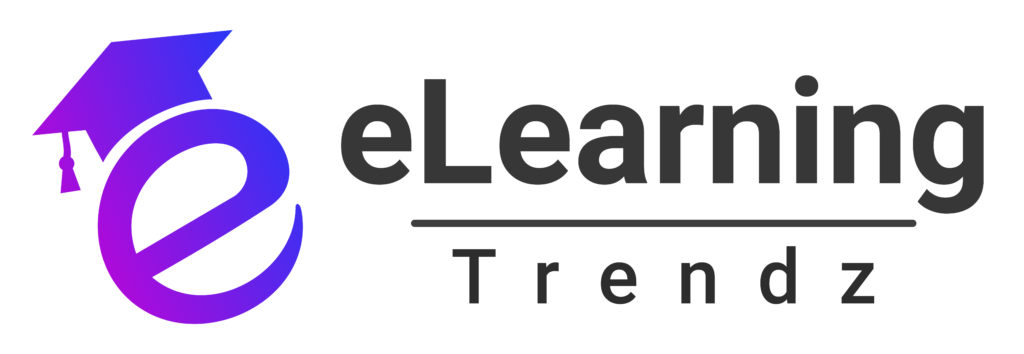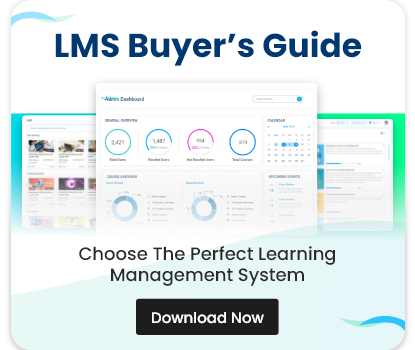In today’s fast-paced business world, organizations are constantly looking for ways to maximize return on investment (ROI) in every aspect of their operations—employee training included. Traditional training methods, such as in-person workshops or seminars, can be time-consuming and expensive, especially for companies with a large, distributed workforce. This is where a Learning Management System (LMS) comes in. An LMS can drastically reduce training costs while enhancing employee performance and engagement by offering a centralized, scalable, and flexible training solution. In this blog, we’ll explore how an LMS boosts ROI through cost-efficient training and why more organizations are adopting this digital solution.
What is an LMS?
A Learning Management System (LMS) is a software platform used to deliver, track, and manage training and development programs. It allows companies to provide online courses, learning materials, assessments, and certifications—all in one place. With features like automated reporting, course tracking, and multimedia content delivery, an LMS streamlines the entire training process, making it more accessible, efficient, and effective.
In terms of cost-efficiency, an LMS eliminates the need for physical materials, travel expenses, and venue costs associated with traditional training. It also enables companies to provide consistent, on-demand training to employees regardless of location, thus reducing time away from daily tasks.
How an LMS Boosts ROI Through Cost-Efficient Training
- Reduction in Training Costs
One of the most significant benefits of an LMS is its ability to lower overall training costs. Traditional in-person training often requires significant investments in travel, accommodation, venue rental, instructors, and printed materials. With an LMS, training is delivered online, meaning there are no physical materials or travel expenses. Furthermore, e-learning content can be reused across various teams or departments, further driving down costs.
Example: A company with a global workforce can deliver the same training program to employees in different locations without incurring additional travel and venue costs. This makes training more affordable and scalable.
- Scalability and Flexibility
As your business grows, so do your training needs. Scaling up traditional training can be challenging, especially when you need to accommodate a larger workforce or multiple locations. An LMS eliminates this issue by allowing you to train unlimited employees at once. Whether you have a few dozen or thousands of employees, an LMS can easily scale to meet your needs without significant additional costs.
Moreover, an LMS offers flexibility. Employees can take courses at their own pace, on their own time, reducing the disruption to their regular work schedule. This flexibility helps maintain productivity and minimizes time away from essential job duties.
Example: A company with thousands of employees can launch a new compliance course for all staff members without organizing individual training sessions for each department or location.
- On-Demand and Self-Paced Learning
Traditional training requires employees to attend scheduled sessions, often at inconvenient times, leading to reduced attendance and missed opportunities for learning. In contrast, an LMS enables employees to access training content on-demand, whenever and wherever it’s most convenient for them. Self-paced learning also means employees can spend as much time as needed to master a topic, increasing knowledge retention and reducing the need for repeated training.
The self-paced nature of LMS allows employees to balance their personal schedules with their learning, ensuring higher completion rates and engagement.
Example: Employees can complete an online compliance course during off-hours or lunch breaks, rather than taking time off from their regular duties for a full-day workshop.
- Streamlined Administrative Tasks
With traditional training, administrative tasks such as tracking attendance, processing training records, and managing certifications are manual and time-consuming. An LMS automates these processes, saving time and resources. For example, an LMS automatically tracks employee progress, generates reports, and sends reminders for certification renewals. This allows HR or learning and development teams to focus on higher-value tasks rather than spending time on administrative duties.
Example: An LMS can automatically send reminders to employees when their certifications are expiring, ensuring compliance without HR having to follow up manually.
- Increased Training Efficiency and Engagement
An LMS allows for more interactive and engaging training materials like videos, quizzes, and simulations. By incorporating multimedia and gamified elements, the training becomes more engaging, leading to better information retention. The more engaged employees are, the more likely they will complete the training on time and apply the knowledge gained to their daily work. This directly contributes to improved performance and productivity, which enhances ROI.
Example: An LMS that includes gamified elements, such as points or badges, motivates employees to complete training modules and compete with colleagues, creating a more dynamic learning experience.
- Continuous Learning and Development
Traditional training often occurs in isolated, one-time events that may not be updated regularly. With an LMS, training materials can be updated continuously to keep up with industry changes, new technologies, and evolving business needs. Continuous learning ensures that employees are always equipped with the latest knowledge and skills, making them more valuable to the company.
Example: An LMS allows for ongoing compliance training, ensuring that employees are always up-to-date with the latest regulatory requirements without requiring time-consuming in-person training sessions.
- Data-Driven Insights for Improvement
An LMS provides detailed tracking and reporting features that allow managers and training coordinators to assess the effectiveness of training programs. By analyzing completion rates, test scores, and engagement metrics, companies can gain valuable insights into which areas of training need improvement. This data-driven approach helps optimize training programs, making them more impactful and aligned with business goals.
Example: If employees are consistently struggling with a specific module, trainers can use LMS data to adjust the content, focus on key areas, and improve training outcomes.
- Faster Onboarding and Knowledge Transfer
Onboarding new employees can be time-consuming and costly, especially if it involves in-person training sessions. With an LMS, new hires can quickly access onboarding materials, complete training modules, and get up to speed with company processes at their own pace. This leads to faster onboarding, which means new employees can start contributing sooner and with less overhead.
Example: A new hire can complete essential onboarding tasks, such as company policies and software tutorials, through the LMS before their first day on the job, reducing the need for lengthy in-person training sessions.
Measuring the ROI of an LMS
While implementing an LMS can be cost-efficient, measuring its impact on ROI is important. Key metrics to consider include:
- Cost Savings: Compare the costs of traditional training (e.g., travel, venue, instructor fees) with the costs of LMS-based training (e.g., platform subscription, content development).
- Training Completion Rates: Track the number of employees who complete training and assessments on time. High completion rates suggest that the LMS is increasing engagement and making training more accessible.
- Employee Performance: Measure improvements in employee productivity, quality of work, or customer satisfaction after completing training modules.
- Knowledge Retention: Track post-training assessments to evaluate how well employees retain information and apply it in their roles.
Conclusion
An LMS is a powerful tool for businesses looking to boost ROI through cost-efficient training. By reducing the costs associated with traditional training methods, providing flexible and on-demand learning, and streamlining administrative tasks, an LMS enables companies to deliver effective training without the heavy price tag. Additionally, the ability to engage employees with interactive, personalized learning experiences increases knowledge retention and job performance. As a result, organizations can build a more skilled, productive workforce—ultimately driving growth and success while optimizing their training investment.










